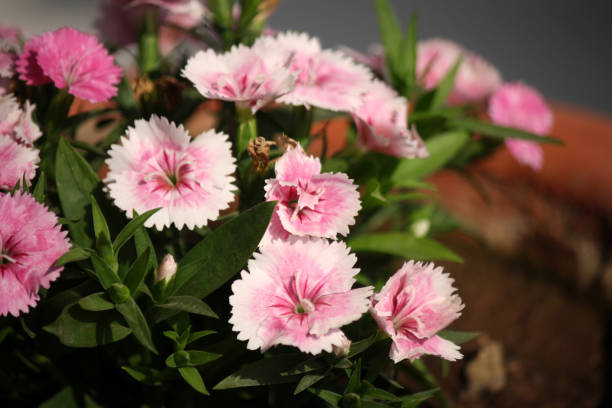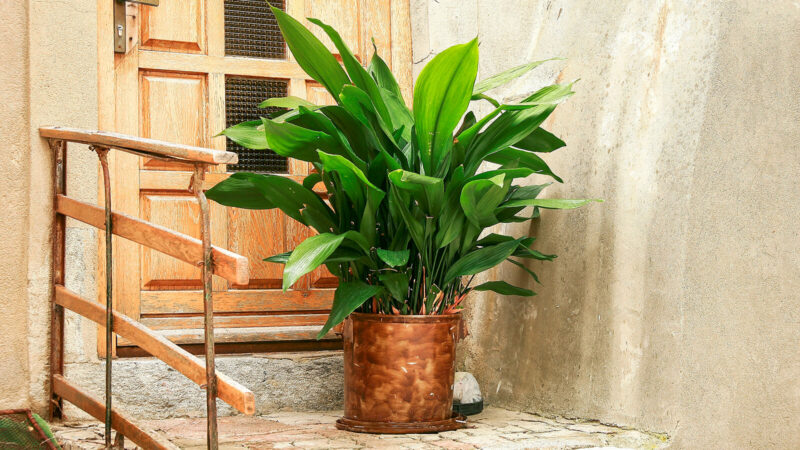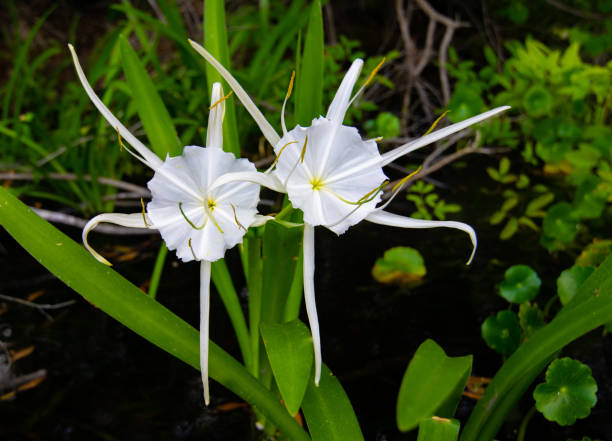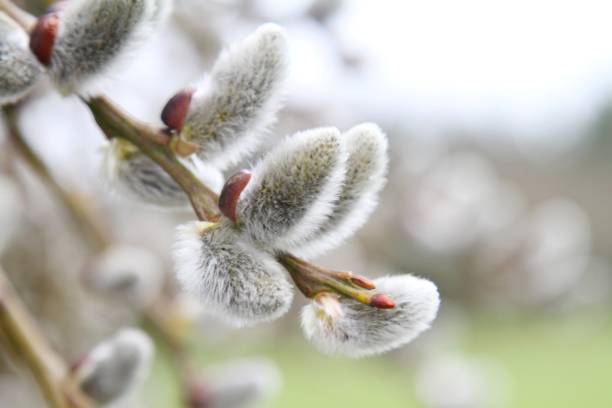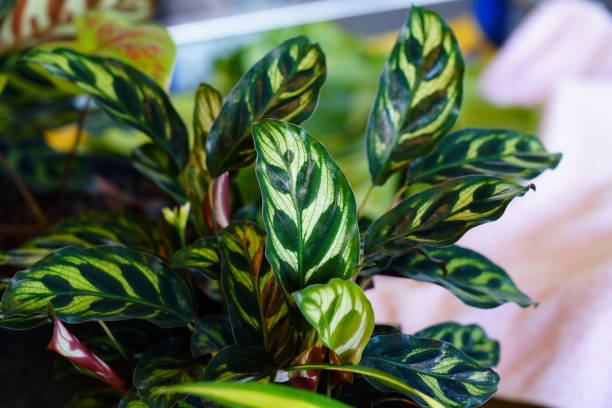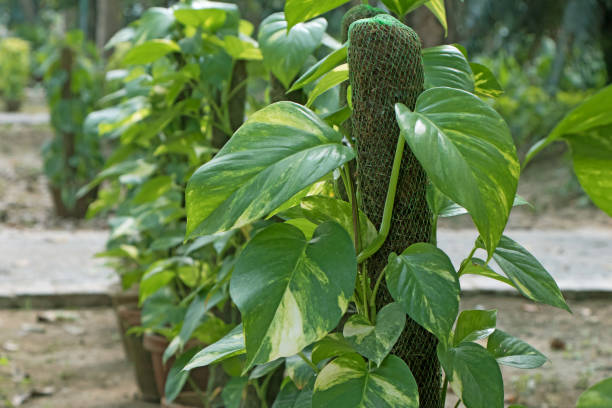Angelonia Plant: How To Grow And Care For The Annual Beauty
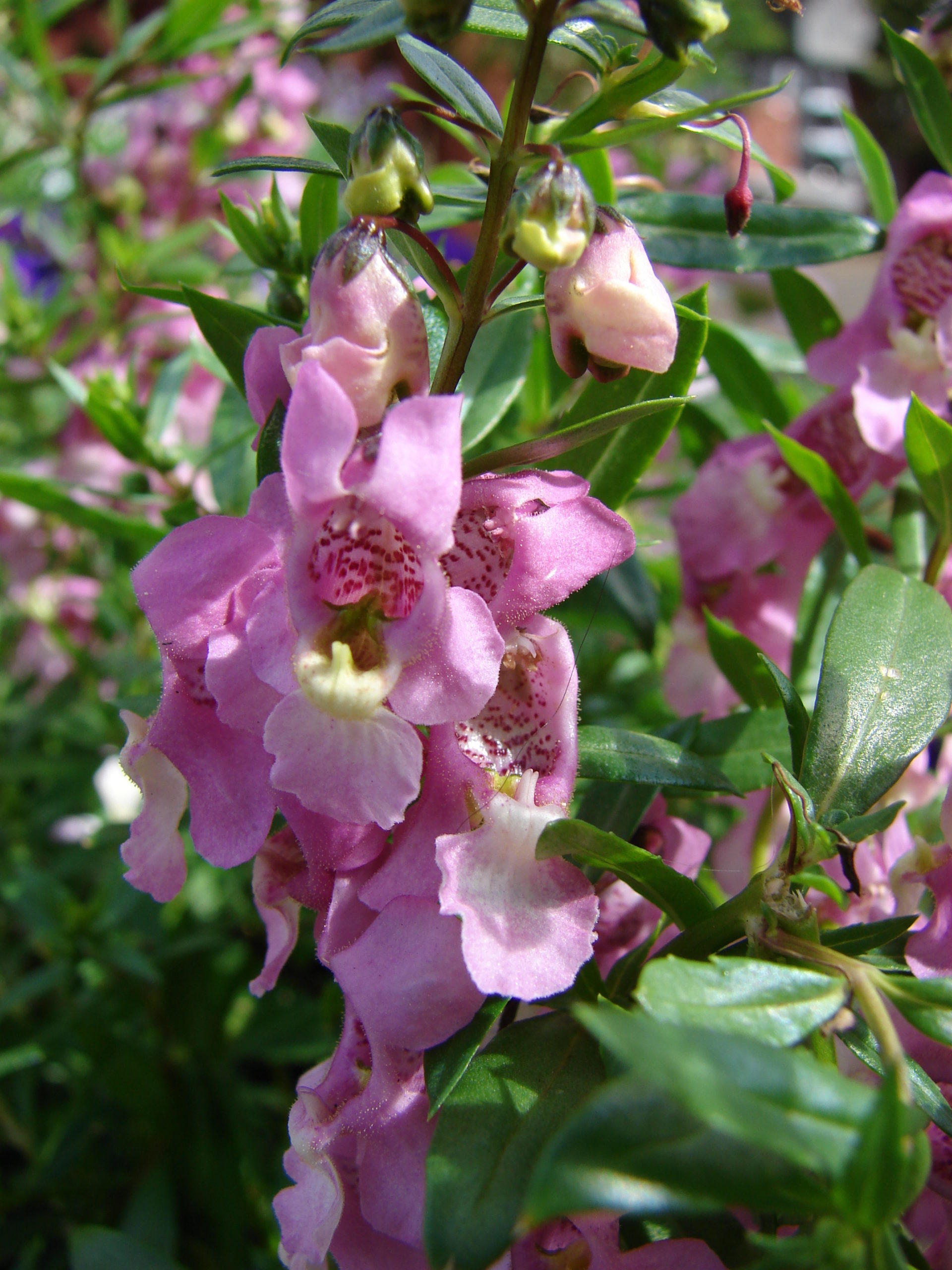
Do you want to add something charming to your garden? Or do you want to have some withholding beauty in your garden? The angelonia plant can fulfill both of these needs.
The charm of the snapdragon flower as it is undeniably strong. These are cool-climate annual flowering plants that you can grow in your garden to add aura to it. However, they fade away as soon as the summer heat goes up. This is where the angelonia plant can help as it is a lookalike to snapdragon flower. The good thing; they stand strong even in the summers. What’s even amazing is that angelonia has a pleasing fruity fragrance.
In the article, we will tell you about all the aspects of the angelonia plant along with some care tips for it.
Angelonia Plant
A quick introduction to the fragrant beauty:
| Botanical Name | Angelonia Augustifolia |
| Plant type | Tender perennial |
| Exposure to sun | Good and full sunlight |
| pH of soil | Acidic soil ranging between 5.5 to 6.2 |
| Color of flower | Pink, white, purple |
| Native Regions | West Indies and Mexico |
| Common Name | Summer snapdragon, and angelonia |
| Size on maturity | 18 inches |
| Type of soil | Well-draining, average soil |
| Blooming time | Summers |
| Hardiness Zones | Best for USDA Zones Between 9 to 11 |
These are some quick facts which you should know about the angelonia plant. Now let’s move on to our angelonia growing guide.
How To Grow Angelonia?
The angelonia plants are popular for their long blooming period and tough nature among gardening enthusiasts. These qualities of the angelonia make it a great staple for the summer flower beds in the garden.
In addition to the eye-catching beauty of the angelonia flower, it also has some bonus qualities. The flowers of this plant offer a pleasing grape scent. In addition to this, the flowers of this plant are full of nectar which attracts a great number of pollinators to the garden. What’s even amazing is that it is a hardy plant and thus one of the most low maintenance plants to get.
Sunlight
The angelonia plant requires good amounts of sunlight for blooming and thriving. For the best results and a continuous bloom, you will need to provide it with full sun. This is essential as if the angelonia plants don’t get at least six hours of regular sunlight, they can get leggy. In low light conditions, the bloom of the angelonia flower will also be sparse.
Soil
The angelonia plant is tolerant of a wide variety of soil types. However, you should prefer the soil that is opulent in organic matter as it will help in reducing the frequency of fertilizing and watering.
The angelonia plant requires soil which has good drainage, and thus you should prefer soil accordingly. You should avoid the clay type of soil, which might hold water. This is essential as otherwise excess of water can lead to problems like rotting of roots. To solve the problem of drainage, you can either mix the soil with sand, or you can go for other methods. Some of the other methods which you can try include going for a raised bed garden or containers.
Watering
The angelonia plants are one of the most hardy plants when it comes to watering. This is why they can keep blooming eleven during the dry spell or between the watering schedule.
When you want to water your angelonia, then you must look out for some things. Water it only when you feel that the tip layer off the soil has dried out. In addition to this, a little bit of moisture is also good for plants but only if it has good drainage available. Overall it is a drought-tolerant plant and doesn’t require frequent watering.
Humidity And Temperature For Angelonia
The angelonia plants love the high humidity and hot summers. They are a great option for hot climates with high humidity like the south, where sultry conditions help them dominate.
However, the good thing about the angelonia plant is that if you provide it with a little care, it can thrive well, even in the southwest regions. In addition to this, with a little care, you can also have this beauty in your garden in other regions as well. All it needs is some extra watering and light.
Fertilizer
Fertilizer plays a vital role in any plant’s optimum growth. The angelonia requires fertilizer on a monthly basis. When providing it with fertilizer, remember not to overdo it as they are slow feeders, and overfeeding can lead to foliage overgrowth. This, in turn, can lead to the low bloom of the flowers in the angelonia plant.
The best fertilizer for the angelonia plant is the flower-specific fertilizers which have a mix that has time release. Your fertilizer should have an NPK ratio of 10-5-10, or you can also go for a mic which provides a ratio of 12-12-12. Use the fertilizers at the time of growing. This will help in eliminating the need for providing fertilizers again.
Varieties of Angelonia
These are some of the angelonia varieties which you can have:
- Angel face cascade blue is one of the varieties which have a cascading habit along with height. This a great variety if you want a dual role garden for yourself.
- Angelmist is a variety that is great when you want dwarf plants as it only reaches up to a height of 4 to 10 inches. The good thing about this variety is that it is also a good option for the ground cover as it can go up to 20 inches in spreading.
- The serenity and Serena varieties of the angelonia plant are the varieties that you can try if you want to plant them from seeds.
These are some of the angelonia varieties which you can try for your garden.
Is Angelonia Plant Toxic?
Do you have pets? If yes, then the angelonia plant can be a great option as this plant has no known toxic effects on people or pets. This is one of the most beautiful non-toxic plants. However, this doesn’t mean it is edible, or you can eat it in any of the ways. This is because the toxic effects of plants depend on the dose amount you consume, and this is why you should avoid it. In short, if you consume this plant in large amounts, then it can have side effects.
Pruning Of Angelonia Plant
These plants, unlike the many varieties of the annual plants, don’t require pruning on a regular basis. They don’t need any kind of deadheading for a better bloom or promotion of the angelonia flower bloom. However, if you cut the plants back, then it will lead to a bushier growth of this plant.
Repotting and Potting
Follow these steps for repotting and potting of the angelonia plant:
- For the best growth, you should plant them during the late springs. This is because, at this time of the year, the temperatures are warm.
- Go for the use of commercial soil for potting as it will provide them with essential drainage and acidic levels.
- These Plants have a relatively small root system, and this is why they don’t require repotting on an annual basis.
- You can go for repotting of the plants which have wintered. The best time to do this is the springs, as it will help in fresh growth.
These are some of the repotting and potting steps which you should follow.
Propagating Angelonia Plant
These plants are easy to propagate by using stem cuttings. To do this, follow these steps:
- Take a stem cutting that is at least 3 inches in size from the tip of the stem.
- When doing this, choose the stem which doesn’t have flowers.
- Strip the cutting from all the leaves and other things except the leases, which are on top. This is essential as the stem can’t support any extra leaves without having a proper root system.
- After getting the cutting, dip it in the rooting hormone and then insert it in potting soil. Remember that the potting soil should have moisture.
- Maintain the moisture in the soil, and when you see the new leaves growing, then you can plant them in the garden.
These are some of the propagation tips for the angelonia plant, which you should follow for the best thriving of it.
How To Grow In Containers?
If you want a plant for container growing or a rooftop garden, then the angelonia plant can be the best choice. The reason for this is that they are self-cleaning plants and offer continuous blooms.
The blooming and tidy habits of this plant make it an ideal choice for the container garden. In addition to this, you can also go for a planter pool if you want to take advantage of the angelonias’ appeal to hummingbirds and butterflies.
How To Grow Angelonia From Seeds?
The seeds of this plant are very fine and thus difficult to handle. This is why when going for seed planting, you should look for pelleted seeds. It will help you planting as this type of seeds come with a coating that will dissolve when you plant them.
Follow these steps for planting from seeds:
- You should start the angelonia seeds at least six weeks before you have the last frost of the season.
- Press the seeds into potting soil, which is sterile.
- After pressing the seeds, make sure to provide them with a temperature that ranges between 70 to 75 degrees Fahrenheit.
- You must also provide them with bright sunlight.
- After planting, you will see germination within a period of 1 to 3 weeks.
- You should keep a space of at least 8 inches between the seedlings.
These are some steps which you should follow for the planting of angelonia plants from seeds.
Disease And Pests
The aphids could create a problem for the angelonia. They can harm the plants, especially during the early season, as at this time, the plants are in a phase of rapid growth. To avoid this problem, you can go for a light misting of the soap on the plant. Do this soap misting on the least two times a week. This will help in knocking out the pets before they can harm the plant in any way.
Meeting the soap will also help in avoiding any deformity of the plant from any other kind of pests.
Snapdragon vs. Angelonia
Although the angelonia plants are considered an alternative to the snapdragon plant, they’re from a different genus.
The snapdragon flower plants are available in a variety of colors which have a wide range in comparison to angelonia. The common types of angelonia are orange and yellow hues which you can find easily. In addition to this, the snapdragons have a larger bloom that can reach their peak during the spring. On the other hand, the angelonias grow best during the summer season.
This is why for having a blooming flower garden in all seasons, go for the planting of the snapdragons. Later, when the snapdragons season for shedding nears, go for the planting of the angelonias. This will help you in having an ever-blooming garden in every season.
These are some of the growing and caring tips for the angelonia plant which you should follow. If you follow the guide which we have prepared above, you can have an ever-blooming and thriving flower garden. What’s amazing about this plant is that it is easy to grow and care and thus, you can have it even if you don’t get time for gardening often.
Final Words
Do you want to have a blooming flower garden even in the summers? Or do you want low-maintenance plants? The angelonia plant can fulfill both of these needs easily and efficiently.
The good thing about the angelonia is that it is easily available and a very low maintenance plant. This is also a drought-resistant plant, which means that you don’t need to have an extensive caring and watering schedule for it.

